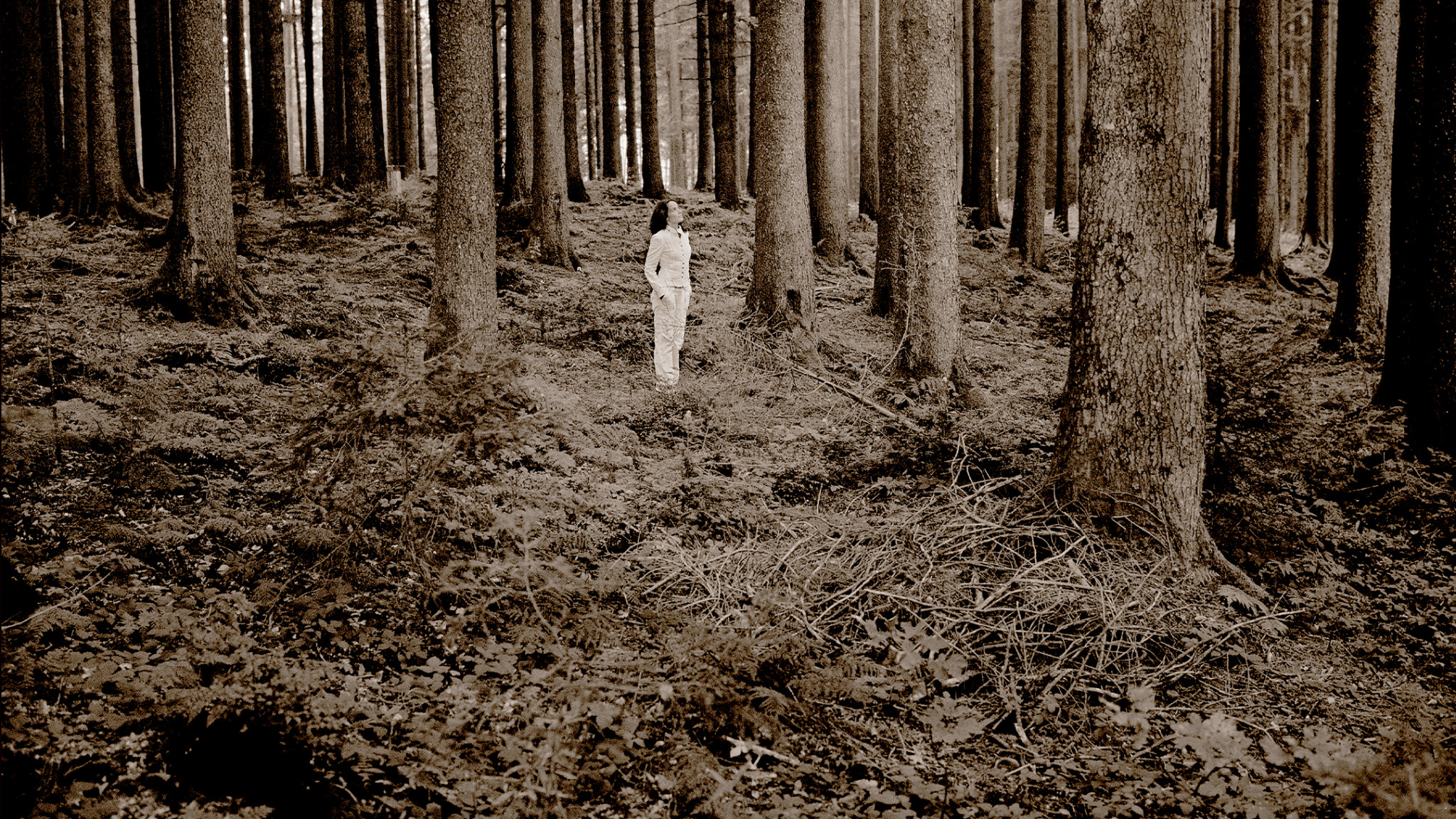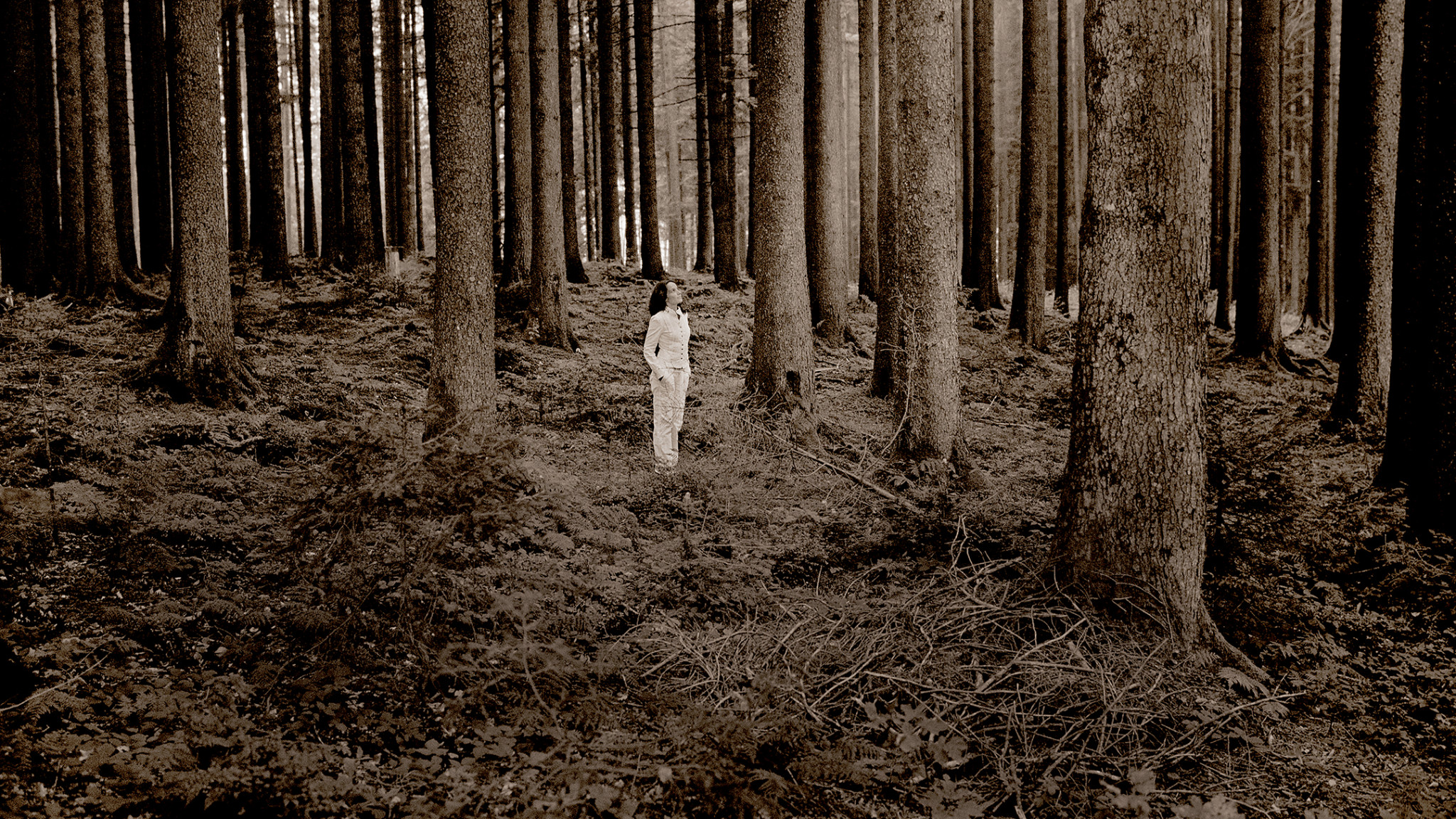Hélène Grimaud releases For Clara – Extended Edition

Hélène Grimaud’s latest album, For Clara, featuring works composed by Schumann and Brahms, and inspired by Clara Schumann, was released to critical acclaim last September. Referring to Grimaud’s early recordings of some of this music, Diapason wrote, “[Their] shimmering poetry has been replaced by a far darker, more inward-looking vision, carried along by a powerful lyricism, even a certain violence – as if, over time, German Romanticism has revealed to the pianist a truth based not on tenderness and contemplation, but on a life-and-death struggle with oneself.”
Deutsche Grammophon is now set to release a digital extended edition of For Clara. Out on 16 February 2024, this adds Grimaud’s 2022 performance of the Schumann Piano Concerto with the Camerata Salzburg at Hamburg’s Elbphilharmonie to her recordings of Kreisleriana and Brahms’s Op. 117 Intermezzi and Op. 32 songs – with baritone Konstantin Krimmel. The second movement of the Concerto is available to stream or download from today, 26 January, with the full performance, as well as Grimaud’s renditions of Kreisleriana and the Brahms songs (with Krimmel), all currently available on STAGE+.
The pianist is also the subject of Between the Notes, a new documentary premiered in New York last month and coming to both the international festival circuit and Amazon Prime Video later this year. Directed and produced by David Serero, in partnership with DG, the film explores Grimaud’s personal and professional life, examining the triumphs and challenges of her career alongside her passionate commitment to animal welfare and environmental protection.
For Clara – Extended Edition presents a chamber version of Schumann’s Piano Concerto in which Grimaud is joined by Camerata Salzburg and works closely with its concertmaster, Giovanni Guzzo. The intimacy of their reading sheds new light on a work so central to the Romantic repertoire. It was Clara Wieck who, even before marrying Robert in 1840, had encouraged him to write for orchestra, and who then gave the concerto’s premiere in Dresden in December 1845.
Clara was central to Kreisleriana, too – Robert wrote to her in 1838, “You will smile so sweetly when you find yourself reflected there.” Grimaud captures the shape-shifting instability and mercurial changes of mood of its eight pieces, while maintaining a “secure sense of the overarching architecture” (Gramophone).
After Robert’s death in 1856, Brahms and Clara remained close friends for another four decades. Brahms’s Op. 32 sets nine poems whose themes of love, loss, devotion and disillusionment may have reflected the composer’s feelings towards Clara. Reviewing Grimaud’s performance with Krimmel, Gramophone wrote, “[The] effortless unity of musical intent between singer and pianist is a joy to experience. This is music-making on a very high level.”
Late in life, Brahms was still eager for Clara’s opinion on new works, such as the three Intermezzi Op. 117 of 1892. “It’s always beautifully inspiring,” notes Grimaud, “to think of feelings as being at the root of artistic creation.” BBC Music Magazine hailed her account of these works for a “rapt, valedictory quality which lingers in the mind long after the last notes have sounded”.




